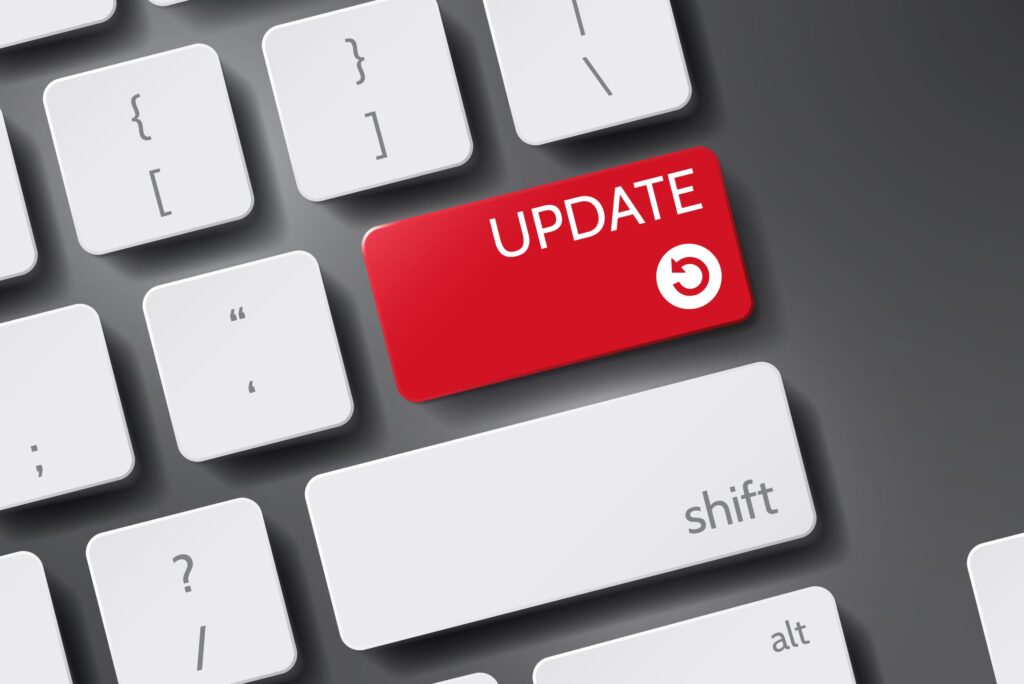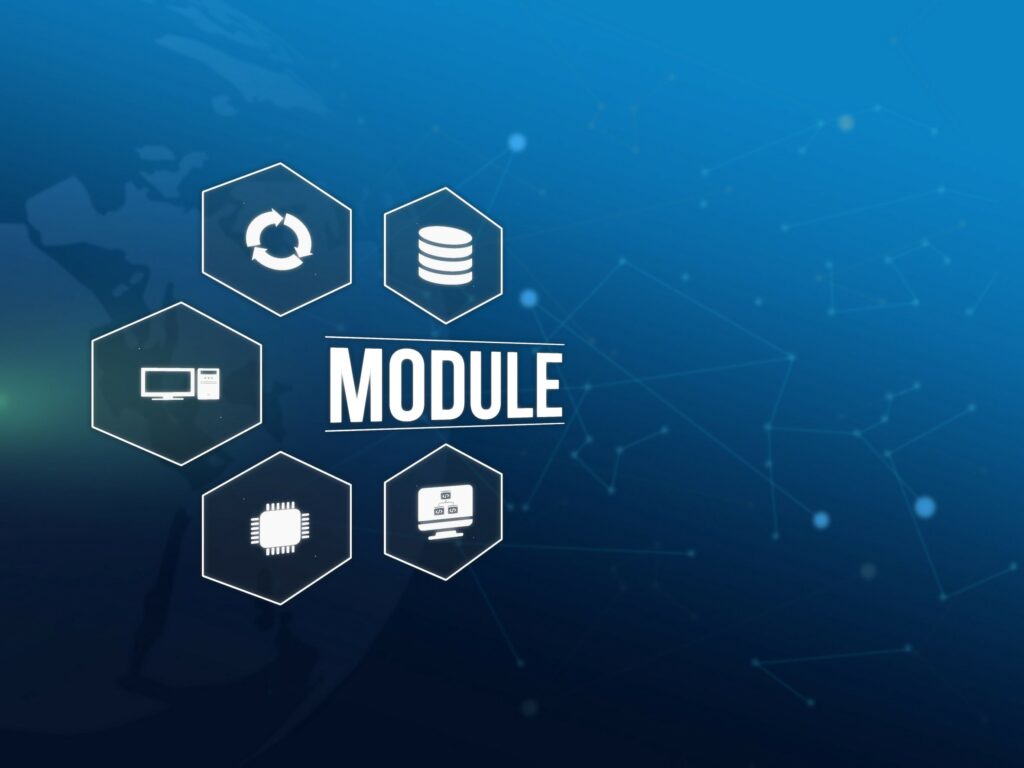
The Cheeky Monkey Media Blog
A few words from the apes, monkeys, and various primates that make up the Cheeky Monkey Super Squad.

Drupal Website Maintenance
 October 21, 2022 / Ashley Olsen
October 21, 2022 / Ashley Olsen
Assuming you would like a blog discussing the maintenance of Drupal websites:
Drupal is a powerful content management system that helps you create and manage your website. But like any website, your Drupal site needs regular maintenance to keep it running smoothly. Here are some tips on how to maintain your Drupal website.
1. Keep your Drupal site up to date
The most important thing you can do to maintain your Drupal site is to keep it up to date. Drupal releases new versions of its software regularly, and each new release includes security updates and new features. Keeping your Drupal site up to date helps to keep it secure and running smoothly.
To update your Drupal site, simply login to your Drupal administration panel and follow the prompts. Alternatively, you can download the latest Drupal release from the Drupal website and install it manually.
2. Backup your Drupal site regularly
Backing up your Drupal site is important in case something goes wrong and you need to restore your site from a backup. There are a few different ways to back up your Drupal site, but the easiest way is to use the Backup and Migrate module.
To install the Backup and Migrate module, simply download it from the Drupal website and install it like any other Drupal module. Once it is installed, you will find it under the “Administration” menu.
3. Use caching to improve Drupal performance
Caching can dramatically improve the performance of your Drupal site, particularly if you have a lot of content or traffic. Caching works by storing frequently accessed data in memory, so it can be quickly retrieved when needed.
There are a few different caching modules available for Drupal, but the most popular is the Boost module. To install the Boost module, simply download it from the Drupal website and install it like any other Drupal module.
4. Use the Views module to create custom lists and pages
The Views module is one of the most popular Drupal modules, and it allows you to create custom lists and pages. For example, you can use Views to create a list of all the nodes of a certain type, or a list of all the users who have registered on your site.
To install the Views module, simply download it from the Drupal website and install it like any other Drupal module.
5. Use the Features module to manage your site’s configuration
The Features module allows you to manage your Drupal site’s configuration. For example, you can use Features to export your site’s configuration to a file, so you can easily import it on another Drupal site.
To install the Features module, simply download it from the Drupal website and install it like any other Drupal module.
6. Use the Devel module for development and debugging
The Devel module is a must-have for anyone who is developing or debugging a Drupal site. The Devel module provides a variety of tools for debugging Drupal sites, such as the ability to generate dummy content and view information about the database queries that are being executed.
To install the Devel module, simply download it from the Drupal website and install it like any other Drupal module.
7. Use the Logging module to log events on your Drupal site
The Logging module allows you to log events on your Drupal site. For example, you can use the Logging module to log all the times a user logs in, or to log all the times a node is viewed.
To install the Logging module, simply download it from the Drupal website and install it like any other Drupal module.
8. Use the Mail System module to configure your Drupal site’s email
The Mail System module allows you to configure your Drupal site’s email. For example, you can use the Mail System module to specify which email system should be used to send emails from your Drupal site.
To install the Mail System module, simply download it from the Drupal website and install it like any other Drupal module.
9. Use the RDF module to add Semantic Web support to your Drupal site
The RDF module allows you to add Semantic Web support to your Drupal site. The RDF module adds RDFa markup to your Drupal site, which allows your Drupal site to be interpreted by Semantic Web browsers.
To install the RDF module, simply download it from the Drupal website and install it like any other Drupal module.
10. Use the Site Map module to generate a sitemap for your Drupal site
The Site Map module allows you to generate a sitemap for your Drupal site. A sitemap is a list of all the pages on your Drupal site, which can be useful for both users and search engines.
To install the Site Map module, simply download it from the Drupal website and install it like any other Drupal module.
These are just a few of the many things you can do to maintain your Drupal website. By keeping your Drupal site up to date, backing it up regularly, and using caching and performance-enhancing modules, you can keep your Drupal site running smoothly.
Need professional help? Contact the monkeys at [email protected] or 1.888.824.3359

